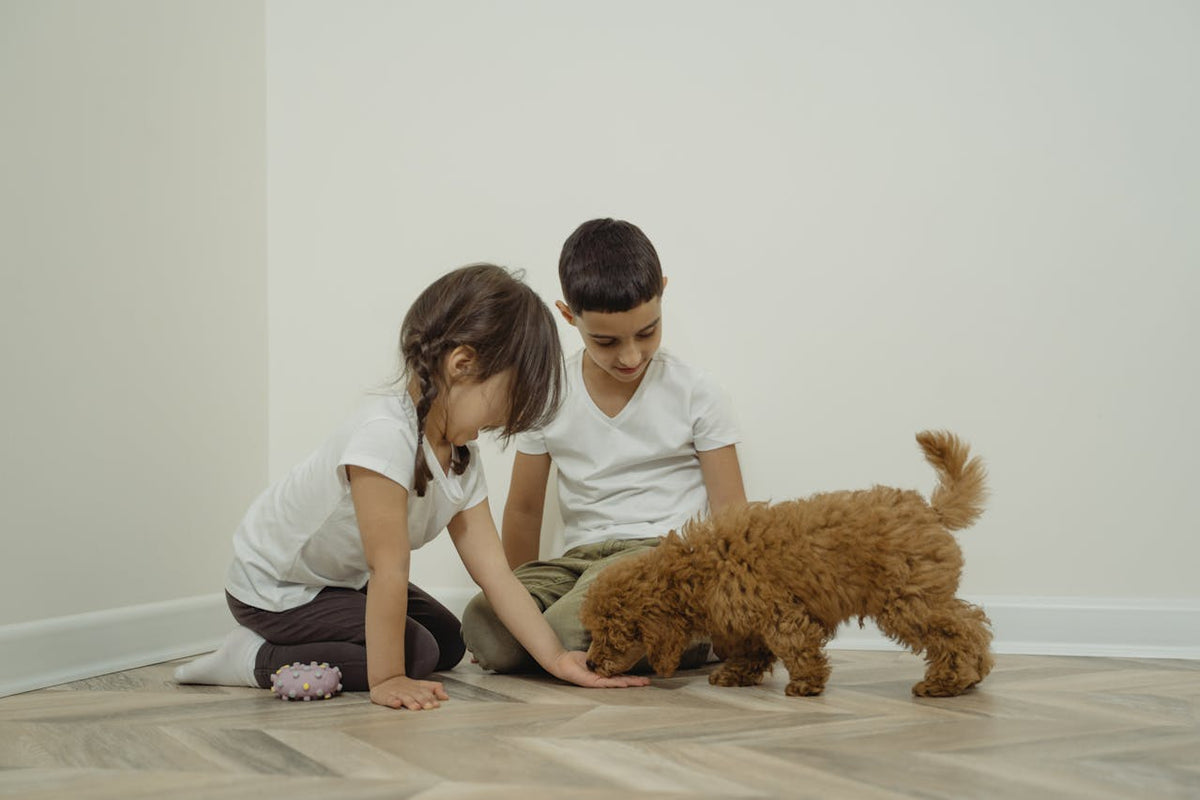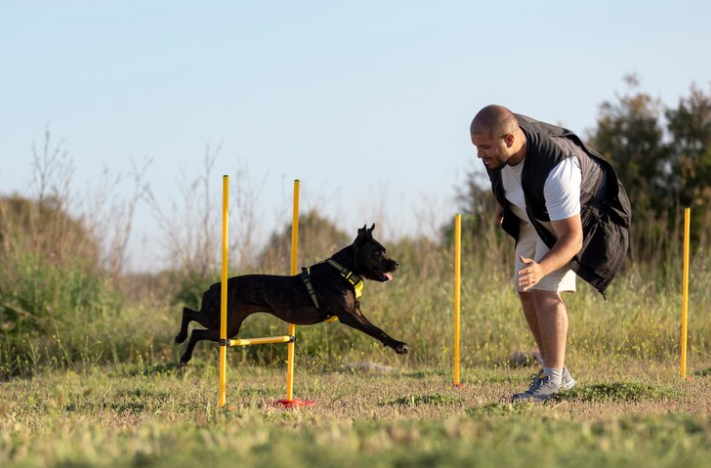If you have kids or work in education, the start of the school year is a busy time. You might be ready to return to a more structured schedule, but pets see back-to-school from a different perspective. Your furry family members have enjoyed having people home more often and playing with the kids all summer long.
Suddenly, from your pet’s point of view, that amazing experience comes to a halt and they’re spending more time home alone. This dramatic shift in schedule can be stressful for cats and dogs, so help your pets prepare for the change.

10 Tips for Helping Your Pets Cope with Back-to-School Blues
Imagine if you went from having someone to play with all day, every day, to being alone for 7 to 8 hours or more. It would be a rough transition, and for pets that don’t understand the concept of school, it can be confusing.
Here are 10 ways you can help ease your pet’s stress when school time draws near.
1. Provide Boredom Busters to Your Pet
Providing ample mental stimulation for your pet is vital. When your dog or cat has adequate opportunities to exercise their mental muscles, they remain happy and out of trouble. Provide your pet with safe interactives like the Rolly Cannoli or puzzle toys with the proper supervision.
A treat licking mat is another option. Spread some of your pet’s favorite soft food onto the mat to encourage them to lick, resulting in an engaging and calming activity. If your cat needs more than a typical cat tree, consider building a catio, or hide treats around your house before you leave so your feline friend can put their natural hunting instincts to work.
2. Start Shifting the Schedule Ahead of Time
Pets, dogs especially, thrive on routine and knowing what to expect. Since your pet likely became used to your summer schedule, going back to school mixes up their entire routine. Instead of changing everything at once, start making tiny tweaks to your schedule a few weeks leading up to the first school day.
This gradual shift gives your pet more time to adjust so the change isn’t so sudden. The slower acclimation process is also beneficial for the humans in the house. For example, use it to get your kids back on a regular bedtime schedule before school.
3. Use Background Noise and Calming Scents
Various studies suggest that classical music calms pets. When you’re away, play some soft classical music in the background. A white noise machine is also worth trying.
The idea is to not leave your pet in an entirely quiet house. Every time they hear any sort of noise that’s out of the ordinary, it could trigger stress or a barking frenzy.
Playing music or similar background noises can help mask ambient sounds and keep your pet at ease. Use your pet’s sense of smell to your advantage, too. It’s possible that certain calming fragrances can ease stress. Talk to your vet about what products or scents would be most beneficial for your pet.
4. Incorporate Early Morning Exercise Sessions
Wake up a little earlier to take your dog on a walk or enjoy a feisty play session with your cat. Getting enough exercise is a crucial part of your pet’s overall wellbeing.
Plus, making sure they have a chance to let out some energy before they stay solo for a while is a good idea. Physical activity decreases the chances that your pet will get into mischief while you’re away and also provides another source of mental stimulation.
5. Change Up Your Goodbye Routine
Dogs and cats are smart and they start to pick up on signals that indicate the house is about to be empty. For example, the kids grab their backpacks, you get your keys, and everyone heads out the door.
As soon as you pick up your keys, it can start to ramp up your pet’s stress. Therefore, change up your routine and always stay calm. Don’t make goodbye such a big deal. Before you leave, give your pet a treat or interactive toy to distract them from the main event.
6. Spend Quality Time with Your Pet
Your pet is a special part of the family and deserves your attention and time. When school begins, it’s easy to get swept up in the chaos of extra-curricular activities, homework, and school projects. Make time for your pet each day, whether it’s dedicated playtime, snuggling on the couch, or an extra walk.
Continue to strengthen the bond between you and your fur baby so they handle their solo time better. You can also check-in with your pet during the day using an interactive pet camera like the Furbo.
7. Consider Bathroom Breaks for Your Dog
Before leaving your dog alone for longer spans of time, assess their potty habits. Most healthy adult dogs can hold their urine comfortably for 8 to 10 hours. However, every pup is different. Senior dogs, puppies, and dogs dealing with certain health issues or urinary incontinence usually need more frequent bathroom breaks.
If this is the case with your pup, see if you can arrange to come home midday during a break, or hire a dog walker or pet sitter to check on your pooch. Another option is to consider if your dog would use a doggy door, but verify that it is safe for them to do so.
8. Try Training or Classes
Training has many benefits for pets beyond just good behavior. Training provides exercise, mental stimulation, and bonding time for you and your pet. Depending on your dog, they may also benefit from more specialized classes like agility training or becoming a Canine Good Citizen.
Try a few sessions yourself, or find trainers near you if you want to go more in depth with what your pet learns. Even if your pet is exceptionally well-trained, ongoing sessions continue to provide benefits.
9. See if Doggy Daycare Is a Good Fit
If your dog craves the company of other dogs, doggy daycare might be a viable option to curb their boredom and stress. Talk to your vet or friends that use a daycare to find a few good recommendations.
Try it out with your dog a few times during the summer to see if it’s a good fit. Some dogs adore going to daycare, while others aren’t big fans. However, if your pup struggles with being alone or deals with separation anxiety, discuss with your vet if daycare offers a potential solution.
10. Give Your Pet a Quiet Zone
Back-to-school gets rough for pets for several reasons. Besides spending more time alone during the day, your pet will also likely wonder why mornings seem more hectic. If you don’t already have a quiet zone for your dog or cat, make one for them.
Their special place should be calm and have a few of their favorite toys, fresh water, and a pleasant environment. When things get too chaotic or tense, your pet now has a comfortable place to retreat to help regulate their stress and feel safe.
Make Back-to-School Better for Pets
Everyone has their own feelings about going back to school, but it’s likely your pet gets a case of the blues (especially if they have a special bond with the kids in the house). Help your dog or cat cope by ensuring they get adequate exercise, mental stimulation, and positive attention.
Start adjusting your pet to the new routine a few weeks early, and consider if alternatives like doggy daycare or a pet sitter make sense for your family. For more helpful pet parenting tips, check out the Neater Pets blog.




